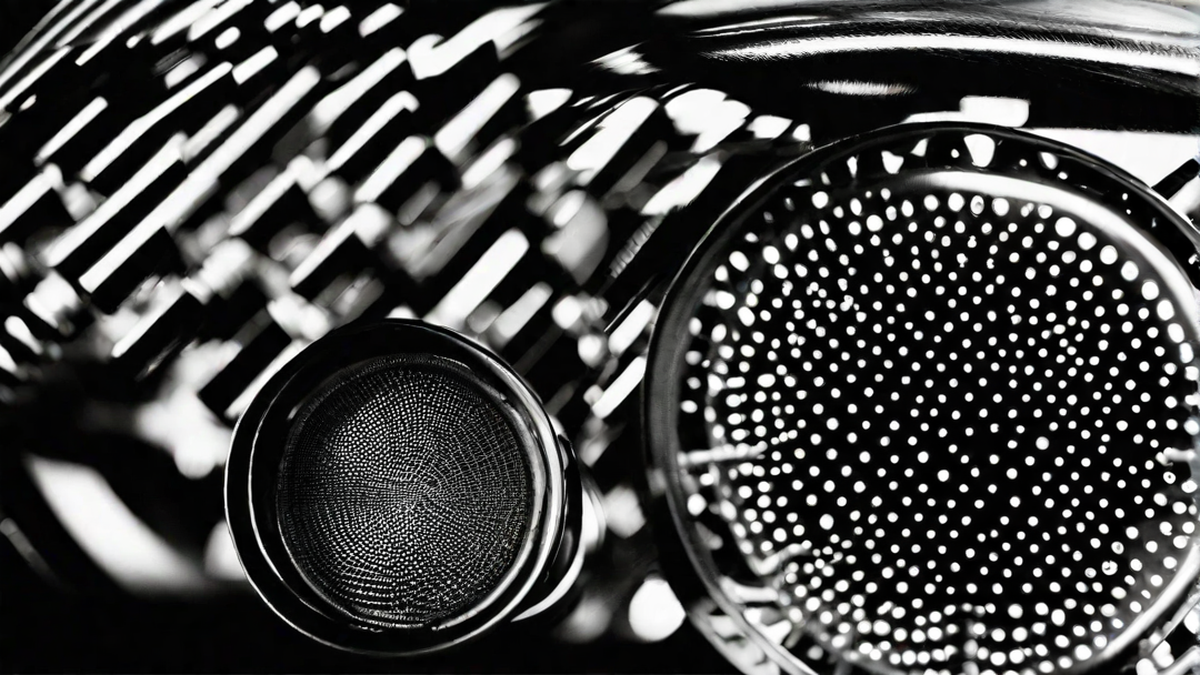Is it possible to heat up wine in the microwave? Being a lover of wine, this query sparks my interest. Wine is renowned for its intricate tastes and fragility, so the thought of exposing it to the high heat of a microwave appears contradictory. Nonetheless, I am eager to delve into this subject and present you with an insightful response.
First and foremost, it is important to note that microwaving wine is not a common practice, nor is it recommended by wine experts. Wine is a delicate beverage that should be treated with care to preserve its flavors and aromas. The high heat of a microwave can potentially alter the chemical composition of the wine and negatively impact its taste.
When wine is exposed to high temperatures, the alcohol can evaporate rapidly, leaving behind a flat and dull flavor. Additionally, the heat can cause the wine to expand, leading to potential explosions in the microwave. This can be a dangerous situation and should be avoided at all costs.
Furthermore, microwaving wine can also affect its texture. Wine contains tannins, which are compounds that contribute to its structure and mouthfeel. Heating the wine can cause these tannins to become more astringent and create a bitter taste. This is not how wine is meant to be enjoyed.
It is worth mentioning that certain types of wine are more susceptible to damage from heat than others. For example, sparkling wines, such as Champagne or Prosecco, have carbonation that can be disrupted by the microwave’s heat, resulting in a loss of effervescence. Similarly, delicate white wines can lose their vibrant acidity when exposed to high temperatures.
In conclusion, while it is technically possible to microwave wine, it is not recommended. The heat from the microwave can alter the flavors, aromas, and overall enjoyment of the wine. As a wine lover, I believe that wine should be savored and appreciated in its optimal state. Instead of microwaving wine, it is best to enjoy it at the appropriate serving temperature by following proper storage and chilling techniques.
